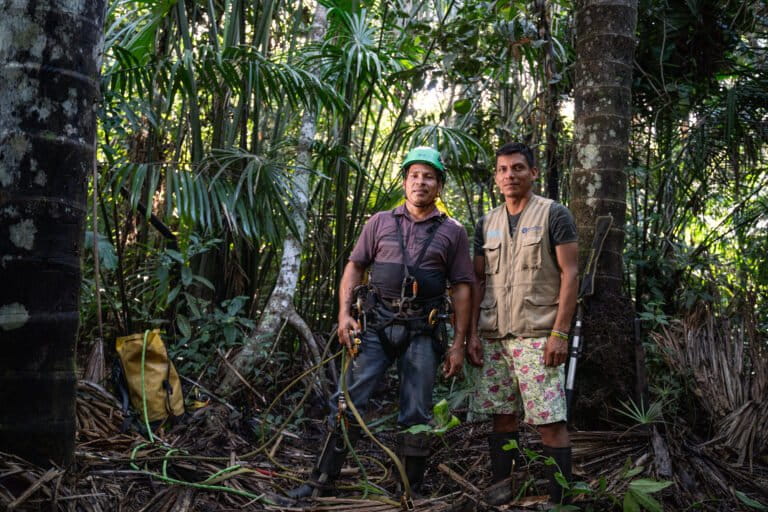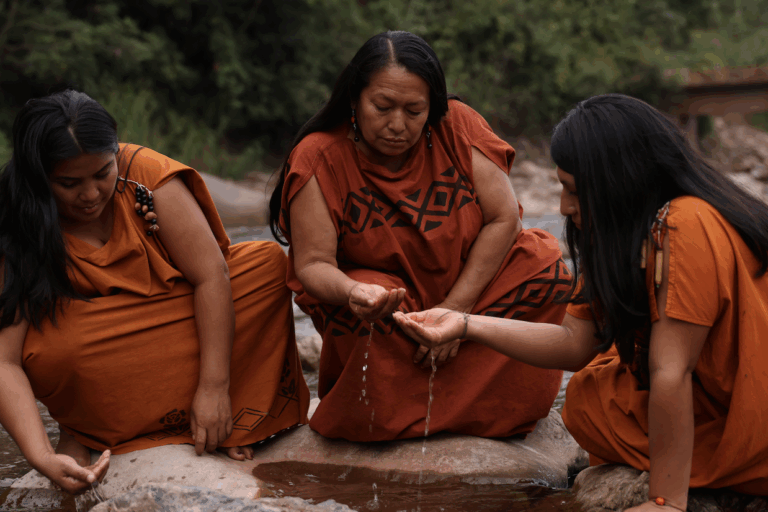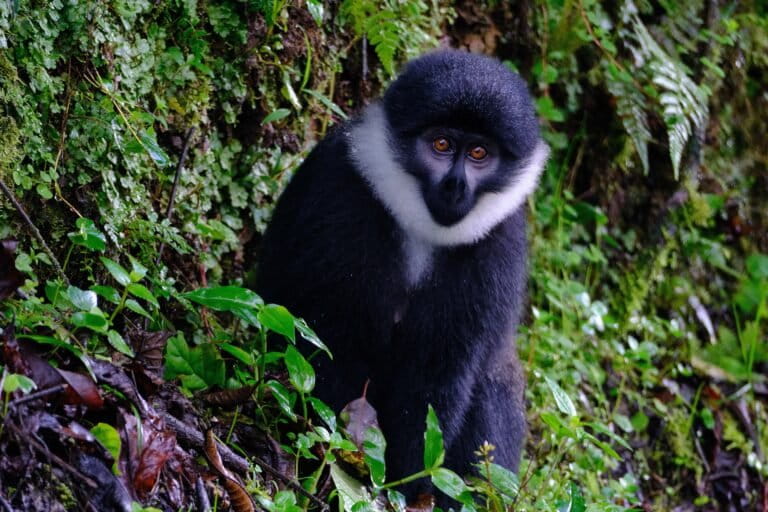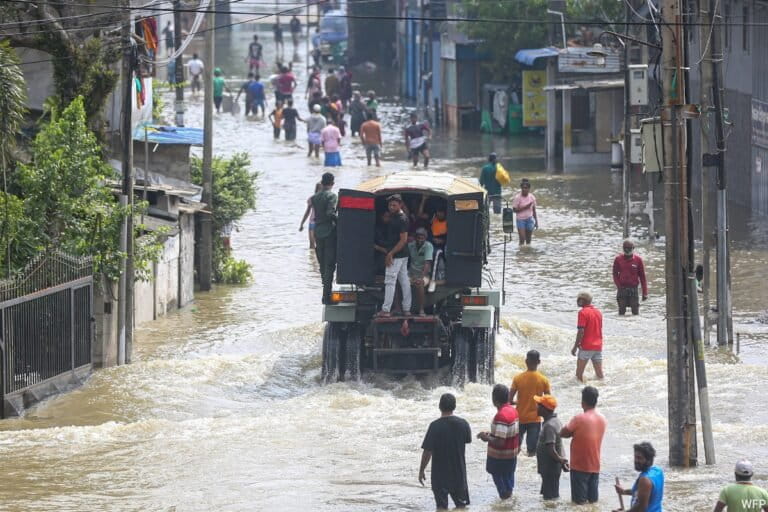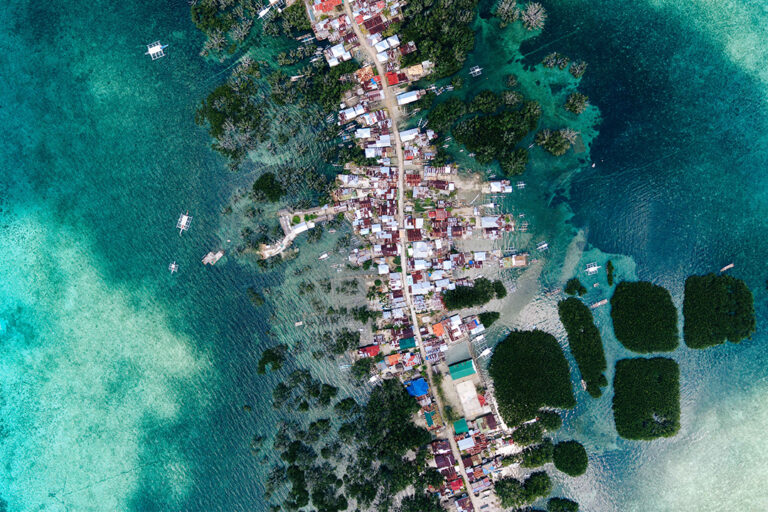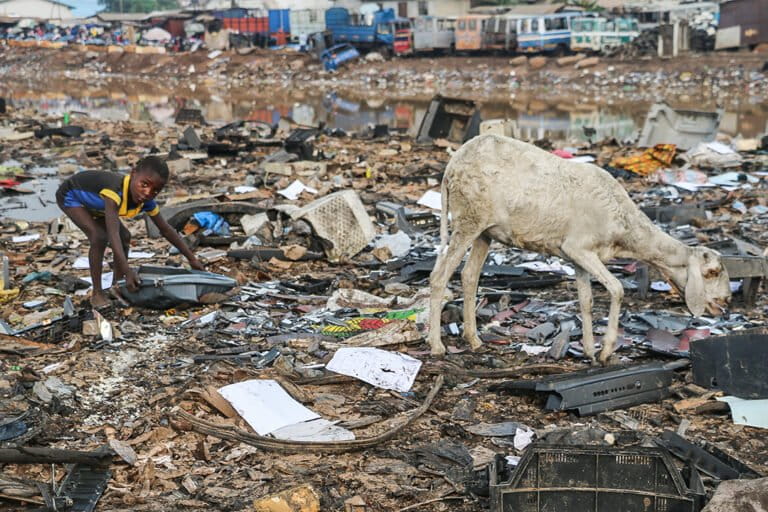- The new Ogooué-Leketi National Park is the Republic of Congo’s fifth national park.
- It borders Batéké Plateau National Park in neighboring Gabon, and together the two parks form a transboundary protected area covering more than 5,500 square kilometers (2,120 square miles).
- The official designation of Ogooué-Leketi National Park comes after three logging concessions that overlapped with the proposed park area were finally closed down.
- All of the rights-holding communities that live close to the Ogooué-Leketi National Park were involved in the process of creating the protected area, according to the Wildlife Conservation Society’s Congo program.
The Republic of Congo has officially created its fifth national park, lending protection to great apes, forest elephants and other threatened wildlife.
The new Ogooué-Leketi National Park spans 3,500 square kilometers (1,350 square miles), and borders Batéké Plateau National Park in neighboring Gabon. Together, the two national parks form a transboundary protected area covering more than 5,500 square kilometers (2,120 square miles).
Ogooué-Leketi is also part of the Batéké Plateau landscape, a unique patchwork of large rolling savannas on sandy hills, interrupted by long strips of dense forests and turquoise-blue river valleys. This savanna-forest complex is home to several threatened species, some found nowhere else in Congo, according to a press release from the Wildlife Conservation Society’s Congo program, which has been surveying the area with the country’s Ministry of Forestry Economy since 2004.

In 2009, the IUCN identified the region in which the park sits today as a priority conservation site for the protection of the critically endangered western lowland gorilla (Gorilla gorilla gorilla) and the endangered central chimpanzee (Pan troglodytes troglodytes), said Mark Gately, country director for WCS-Congo.
The forest sector of the new park is also home to several other species, such as the African forest elephant (Loxodonta cyclotis), forest buffalo (Syncerus caffer nanus), red river hog (Potamochoerus porcus), and several species of monkey including the iconic mandrill (Mandrillus sphinx). The savanna part of the national park, too, hosts a wide range of wildlife. The park has at least six species of rare savanna plants that are specialists of the Kalahari Sands, the substrate that forms the Batéké Plateau, and other savanna specialists like the bush duiker (Sylvicapra grimmia), side-striped jackal (Canis adustus), and several species of birds. The national park area was in fact identified by BirdLife International as a site of high importance for bird conservation in 2007.
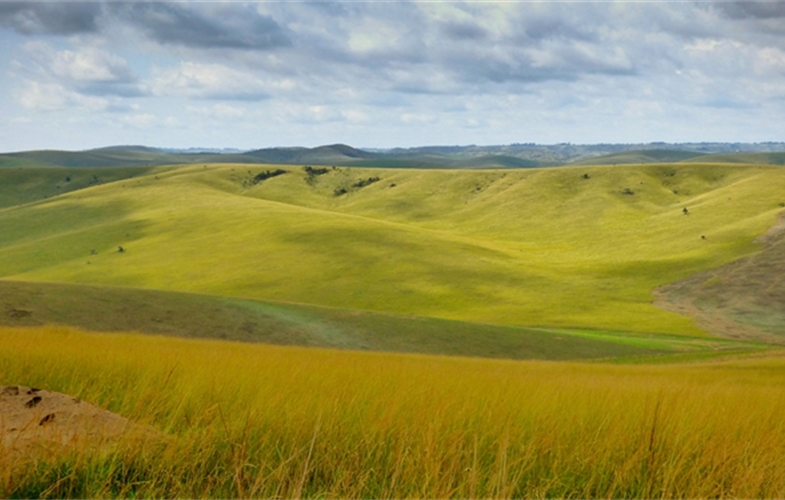
The official designation of Ogooué-Leketi National Park comes after three logging concessions that overlapped with the proposed park area were finally closed down. Logging activity had expanded into the proposed protected area since 2013, Gately said, with loggers searching mainly for okoumé trees (Aucoumea klaineana) for use in plywood. All three logging companies, which are still active around the periphery of the park, completed logging within parts of the concessions overlapping the park in December 2016.
“With the support of the Congolese Minister of Forestry Economy, Mrs. Rosalie Matondo, the creation of the park has eliminated logging activity within the protected area boundaries, securing the closed canopy forest habitat that covers roughly a third of the park,” Gately said.
The roads and bridges that the logging companies built into the proposed park area have, however, facilitated commercial bushmeat hunting. Such hunting “is currently the biggest threat to the area’s wildlife and this trade links to cities like Pointe Noire and Brazzaville but also across [the] border towards Gabon,” Gately said.
“Great ape numbers have declined significantly in the area since 2010 and elephants, even if their population seems stable, recently started changing their behaviour — visiting forest clearings more at night than during the day, behaviour that is generally observed in elephant populations that perceive threats from humans in their habitat,” Gately added.

With the logging companies out, the government and WCS-Congo are now working with local communities to draw up a management plan for the national park. While no villages existed inside the area now designated as Ogooué-Leketi National Park, there are five villages very close to the park boundary. The residents of these villages have traditionally used the national park area for their needs, and continue to depend on the forest for their sustenance.
All of the rights-holding communities living near the national park were involved in the process of creating the protected area since the project was launched, Gately said. The boundaries of the protected area were mapped to ensure the villages weren’t incorporated into the national park. The communities also helped identify and map areas of cultural and traditional importance to them.
“The participatory mapping process led the government to … highlight any cultural or natural resource use zones that overlap with critical high ecological value areas, including bais [swampy, mineral-rich meadows], that will be integrated into the park under eco-development zones,” Gately said. “In these identified areas, which will be integrated into the management plan of the park, rights-holding communities will be able to continue traditional and subsistence-based gathering, fishing or hunting. The maps including the limit of the future park and the eco-development zones were validated for each village in order to ensure full consent.”
Banner image of western lowland gorilla by Rhett A. Butler/Mongabay








